#Dzhehutiemhat
Text
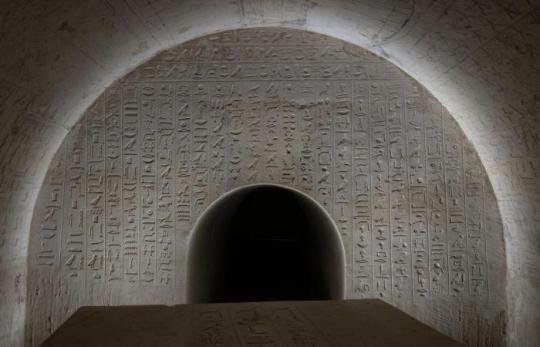
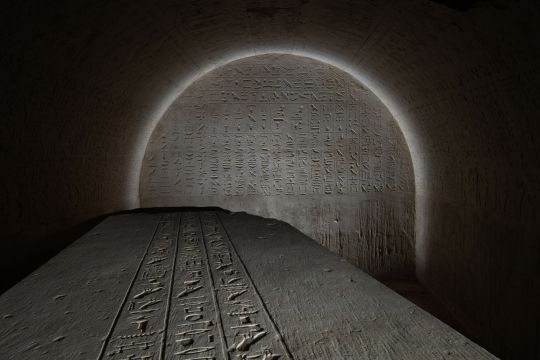
The Tomb of a Royal Scribe Discovered in Egypt
Czech experts have made another important discovery in the Egyptian archaeological site in Abusir. They found the hitherto unexplored tomb of the royal scribe Dzhehutiemhat, which is richly decorated in the form of many hieroglyphic texts and images. They mainly consist of ritual and religious texts, which were supposed to ensure the soul of the deceased an eternal life in the next world.
In April and May of this year, another part of field research by Czech Egyptologists regarding shaft tombs from the middle of the first millennium BC took place in Abusir, Egypt. It was here that the archaeological team of the Czech Institute of Egyptology of the Faculty of Arts of Charles University discovered the tomb of a hitherto unknown dignitary from the time of the Persian invasion of Egypt.
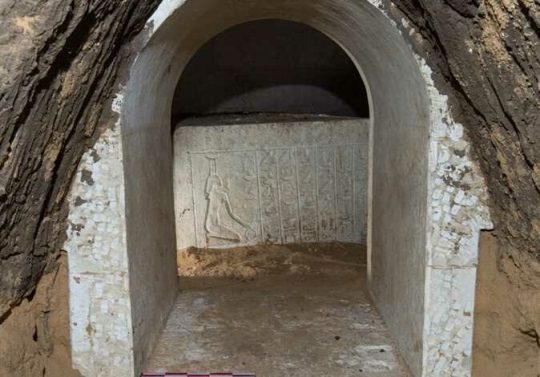

“It is a richly decorated shaft tomb of medium size, whose owner, a certain Džehutiemhat, held the office of royal scribe,” explains Ladislav Bareš, who has been coordinating the research of Abusir shaft tombs for a long time.
From the tomb, the above-ground part of which was destroyed already in ancient times, only the main shaft was preserved, at the bottom of which lay a burial chamber made of limestone blocks at a depth of 14 meters. Access to it was provided by a small, more northerly shaft and a narrow corridor approximately three meters long connecting the access shaft with the burial chamber.
For reasons still unknown, this access shaft was largely filled with several dozen decorated limestone blocks, originating from the dismantled above-ground part of the nearby majestic tomb of General Menechibnekon.
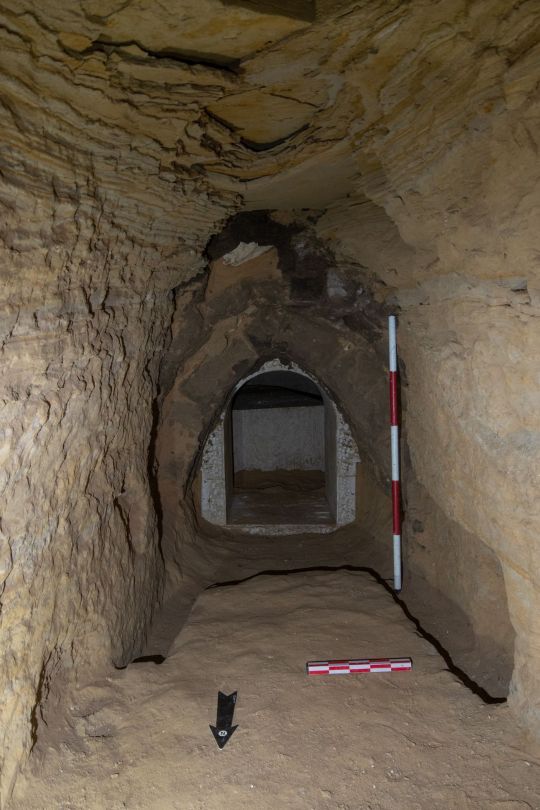
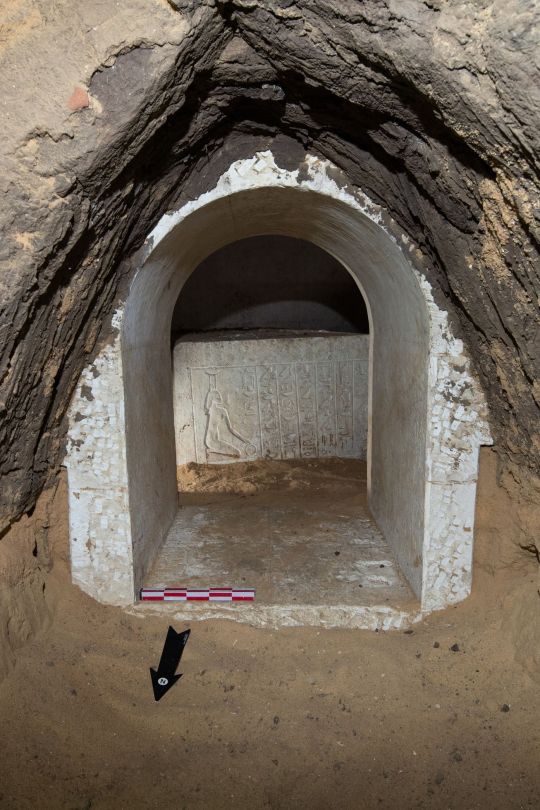
A tomb with rich decoration
The burial chamber is richly decorated with texts and other scenes. A long sequence of incantations against snakebite from the Pyramid Texts covers the north entrance wall. Interestingly, the snakes mentioned in these magical texts represented a potential danger, but could also serve as powerful protectors of the deceased and his mummy.
“While the entrance to the nearby Menechibnekon’s burial chamber was protected by the guardians of the gates of the 144th chapter of the Book of the Dead, in the case of Džehutiemhat, snakes from the Pyramid Texts play this role,” adds Renata Landgráfová, director of the Institute of Egyptology and an expert on the ancient Egyptian language and texts.
The south and west walls are covered with a sacrificial ritual and an extensive sacrificial list. On the ceiling of the burial chamber are depictions of the journey of the sun god Reo through the sky, first in the morning and then in the evening celestial bar. The depictions are accompanied by hymns to the rising and setting sun.
Inside the burial chamber covered with relief decoration is a large stone sarcophagus, which also bears hieroglyphic inscriptions and depictions of gods, both outside and inside. The lid is decorated with texts taken from the Book of the Dead, but also excerpts from the much older Pyramid Texts, which partially repeat sayings that also appear on the walls of the burial chamber.
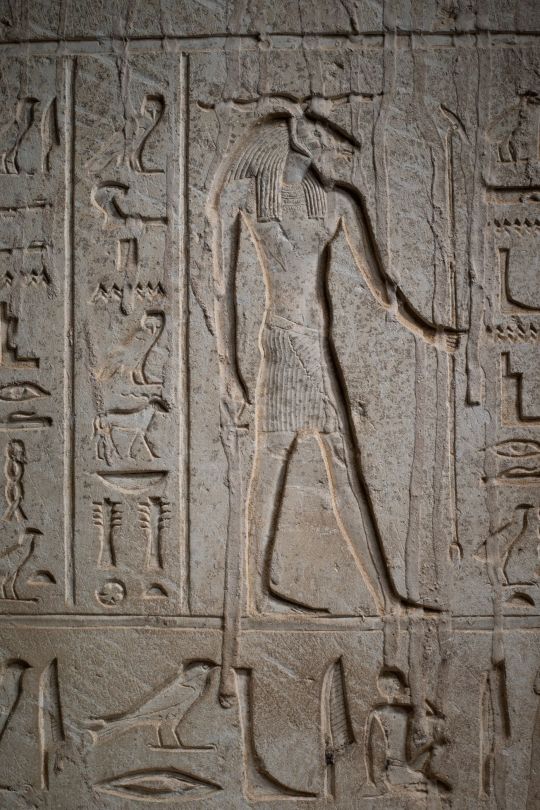
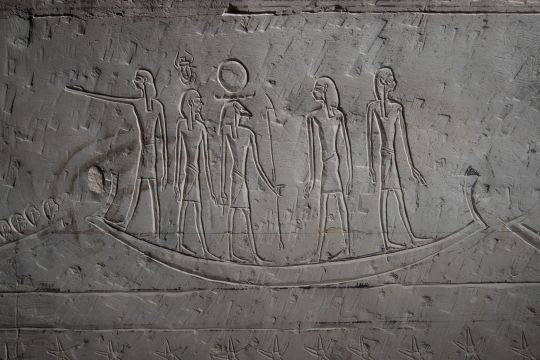
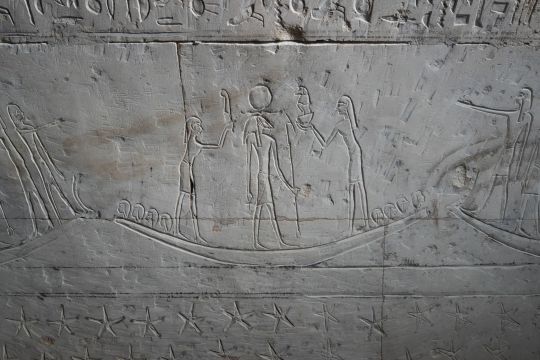
Ritual texts for eternal life
On the bottom of the inner wall of the sarcophagus bath, the goddess of the west, Imentet, is depicted, and its inner sides bear the so-called canopic sayings, spoken by this goddess and the earth god Geb. “The goddess of the west inside the sarcophagus represents the protector, guide and symbolic mother of the deceased,” explains Jiří Janák, who analyzes and interprets religious and magical texts as part of field research.
All the mentioned spiritual-ritual texts were supposed to ensure the deceased a smooth entry into a blissful and well-secured eternal life in the afterlife.
The tomb of the scribe Dzhehutiemhat was discovered almost empty, as it was robbed probably already in the 5th century AD, similar to other tombs in this burial ground.
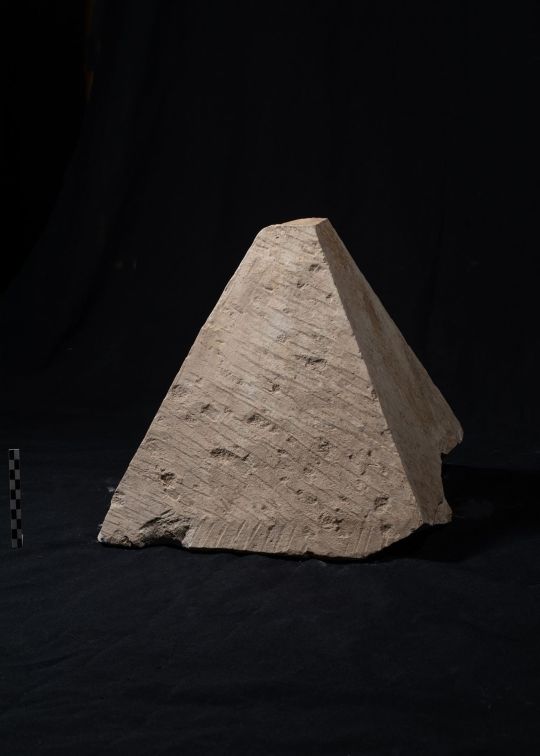
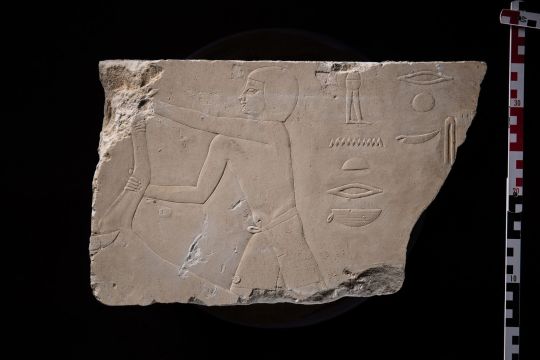

The deceased suffered from sedentary work
From the anthropological analysis of the skeletal remains, which was carried out by leading Egyptian experts, it was found that Dzhehutiemhat died at a relatively early age of around 25 years, he bore the signs of a kind of occupational disease (wear and tear of the spine during sedentary work) and suffered from severe osteoporosis, i.e. thinning of the bones.
The latter fact could place him in the family of other inhabitants of the Abusir shaft tomb burial, in whom the disease was also confirmed, such as the famous Iufaa, the owner of a nearby much larger tomb, whose unlooted burial chamber was discovered in 1996.
It is therefore possible that most of the owners of the tombs buried in this part of the Abusir necropolis belonged to one extended family, firmly anchored in the military elite of late Saiyan Egypt. However, Dzhehutiemhat’s mother probably came from completely different circles and a different part of Egypt at that time. Her two names can be translated as “Nubian” and “Fox”, while the latter is written in an unusual, most likely Berber form.
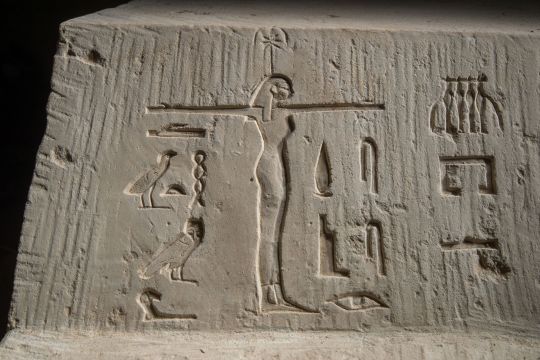
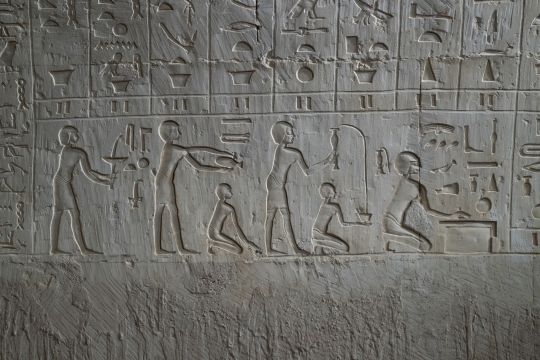
They also found a collection of pottery in the tomb. “The discovery of a large fragment of a Chian amphora with a perfectly smoothed edge is also very interesting, because the ancient looters probably used it as a shovel,” says Květa Smoláriková, who is an expert on Egyptian ceramics and Greek imports in the Czech team.
“The recently discovered tomb of the dignitary Džehutiemhat on the Abusír archaeological concession is the latest piece of knowledge in the mosaic of the history of ancient Egypt at the end of its glory in the late period, in the 6th century BC,” says Miroslav Bárta, director of Czech archaeological research in Abusír, about the discovery.
“The shaft tombs represent a special type of tombs of this time. They were created as a specific attempt by the ancient Egyptian elites for a renaissance and are based on the form of the tomb of King Djoser, the founder of the famous Old Kingdom, the time of the pyramid builders in the 3rd millennium BC,” he adds.


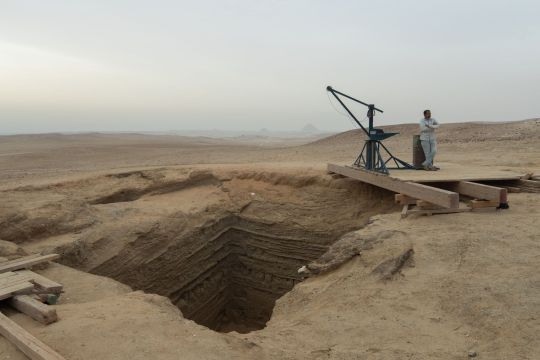
#The Tomb of a Royal Scribe Discovered in Egypt#Abusir Egypt#Dzhehutiemhat#first millennium BC#ancient tomb#ancient grave#ancient artifacts#burial chamber#Czech Institute of Egyptology#archeology#archeolgst#history#history news#ancient history#ancient culture#ancient civilizations#ancient egypt#egyptian history#egyptian art#long reads
277 notes
·
View notes